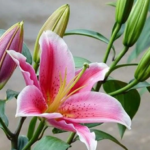Below are some types of flowers commonly displayed during Tet that contain certain allergens and can cause allergies and skin inflammation.
1. Lily
Lilies with their delicate appearance and sweet fragrance will help your home exude elegance. Especially, according to Vietnamese beliefs, displaying lilies during Tet will bring prosperity and good luck.
Lilies are also seen as symbols of reconciliation, purity, and freshness. When choosing lilies to decorate your home during Tet, Vietnamese people hope that the new year will bring many good things, happiness, and success.
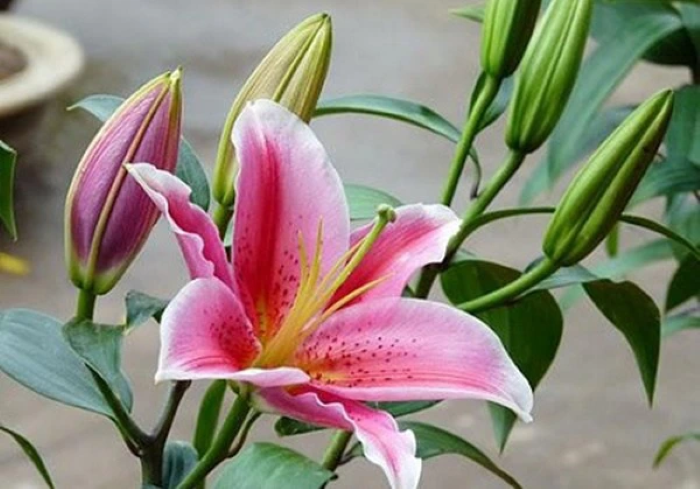
Although most lilies do not have pollen and therefore do not cause pollen allergies, the fragrance of lilies is quite strong and can trigger headaches or nausea in people who are sensitive to strong fragrances.
2. Chrysanthemum
Displaying chrysanthemums during Tet not only beautifies the home but also carries the meaning of longevity, good luck, and prosperity. Chrysanthemums are symbols of life, health, and longevity in Asian culture, especially in Vietnam.
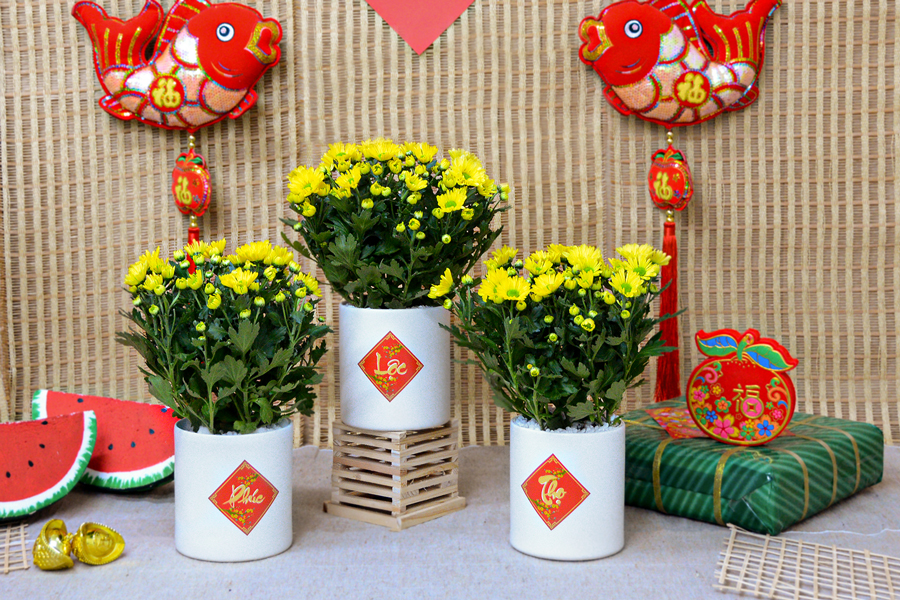
However, chrysanthemum pollen contains many allergens, including sesquiterpene lactones. These allergenic compounds are produced on the surface of the flowers and leaves, often in the form of trichomes (plant hairs) that can easily become airborne.
Contact dermatitis caused by chrysanthemums usually starts on the fingertips (from touching the flower buds) but can spread to the wrists and face. Sometimes, the symptoms can be persistent and related to the development of chronic allergic contact dermatitis.
Contact urticaria has also been reported after contact with chrysanthemums. This is an itchy rash that occurs within minutes of direct contact with the plant and usually resolves within an hour or longer.
3. Azalea
During Tet, displaying azaleas signifies purification, hope, and new beginnings. Azaleas bloom in spring, marking the end of winter and the beginning of a new cycle. Vietnamese people believe that azaleas bring luck and freshness to the home and family in the new year.
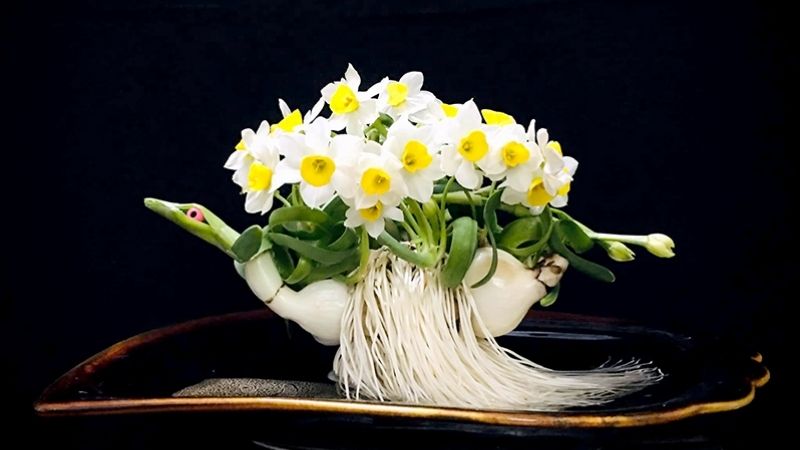
Although beautiful, yellow azaleas can cause serious allergic reactions, even death. The symptoms include allergic rhinitis, asthma, allergic contact dermatitis, irritant contact dermatitis (from contact with azalea resin), and urticaria. Azaleas contain alkaloids such as masonin and homolycorin. These substances, combined with calcium oxalate crystals, are believed to cause allergic reactions.
4. Tulip
In fact, tulips are not traditional flowers in Vietnamese Tet culture, but due to the diversity of culture and acceptance of new customs, tulips have become more popular.
Tulips come in various colors, each with its own meaning: red represents love and passion, yellow symbolizes warmth and happiness, and white symbolizes purity and new beginnings. Therefore, displaying tulips during Tet is seen as a way to welcome the new year with hopes of a good and colorful start.
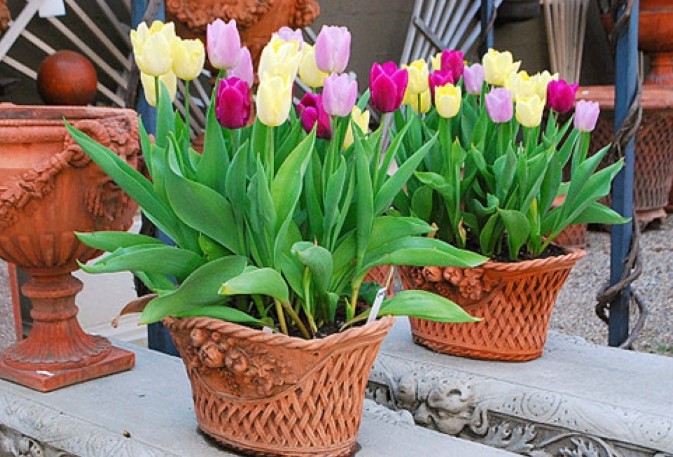
While tulips are beautiful flowers with many meanings during Tet, they can also cause allergies. However, the tulip flower itself is not the cause of allergies; it is the tulip bulb. Allergic contact dermatitis from tulip bulbs usually affects the hands and is characterized by redness, swelling, itching, eczema, and blisters. Nails can become brittle and split.
5. Hydrangea
Displaying hydrangeas during Tet brings the meaning of wealth, prosperity, and the unity of family. This flower also represents allure and noble beauty. Choosing hydrangeas during Tet also signifies the desire for a strong, vibrant new year and family reunions.
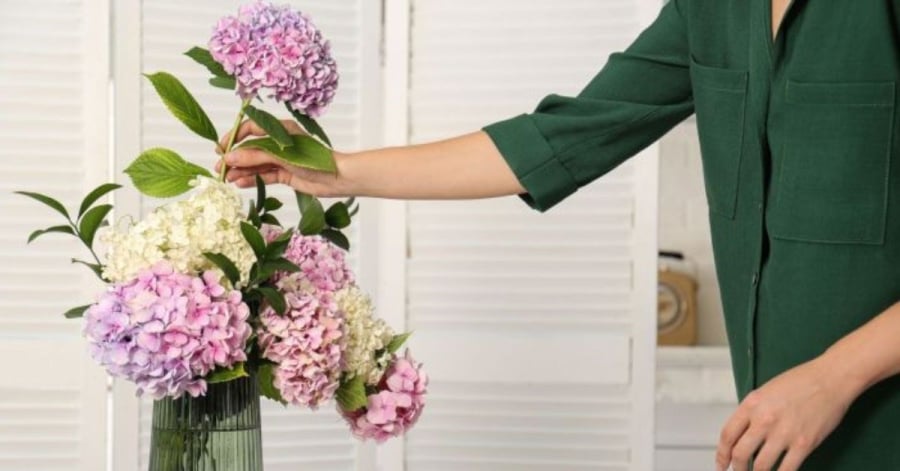
However, hydrangeas can cause various symptoms, from skin irritation to poisoning when handled or ingested. In particular, the more toxic compounds in the leaves, stems, and flowers of hydrangeas are cyanogenic glycosides, known as hydrangin. Hydrangin is converted to cyanide in the intestine and can cause discomfort, leading to nausea, diarrhea, dizziness, shortness of breath, and weakness if consumed.
7 Beautiful Flowers to Avoid Putting on the Altar During Tet: Number 1 is a No-No
As per the teachings passed down from our ancestors, it is an absolute taboo to bring any kind of beautiful flowers to the ancestral altar on the day of Tet. It is believed that doing so will bring bad luck and may lead to family separation and financial loss in the new year. Therefore, it is advised to avoid displaying any flowers on the altar during this festive season.



























